Give us a brief introduction to yourself and the studio.
M2 Film and M2 Animation is a film production company mainly focused on live-action and story-driven animation – mostly 3D.
Alongside our primary productions, we also do Motion Design projects at a slightly smaller scale, driven by our design team.
For this project, Thomas Fiil worked as a Motion Designer, and Christoffer Kramme as a 2D Animator.
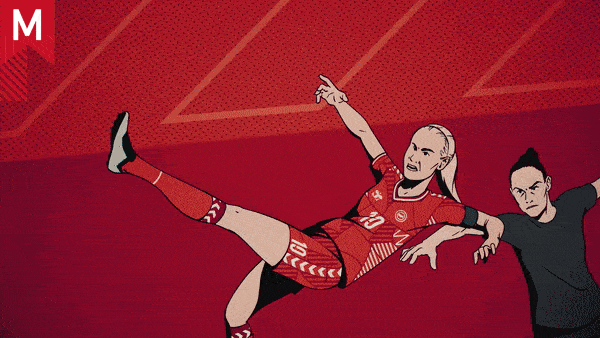
Fill us in on your Motion Design background and what led you into the industry.
THOMAS:
I always wanted to be an animator, but my drawing skills sucked, so I gravitated towards Motion Design instead.
I spent five years at Stupid Studio and have now been at M2 Film for ten. I’ve worked on various projects – mostly commercials and experience design projects – as a motion designer/creative/director.
KRAMME:
I have always loved drawing. When I was in fourth grade, we had to do a small project about what we wanted our future education to be; I asked my mom what I could do to make a living off drawing. She found The Animation Workshop in Viborg, not far from where we lived, and since then, I worked towards becoming an animator.
I graduated from TAW in 2015 and worked full-time and as a freelancer for different companies until I became part of M2.
Tell us about the team behind your project.
Compared to many other animation projects at M2, we took this project on a relatively small team.
Thomas was the lead motion designer, and Christoffer was the lead 2D Animator – forming a deadly creative cocktail with director Rasmus Pilgaard, producer Emil Nikolajew, and producer-assistant Cæcilie Fournais. Anna Elisabeth Christensen assisted Christoffer with the 2D animation.
How would you introduce your project to someone watching for the first time?
It’s a film showing how cool the Danish women on the national soccer team are through the lens of their new pop art-inspired jersey kit.
It combines classical 2D character animation with motion design and a bit of live action of the players.
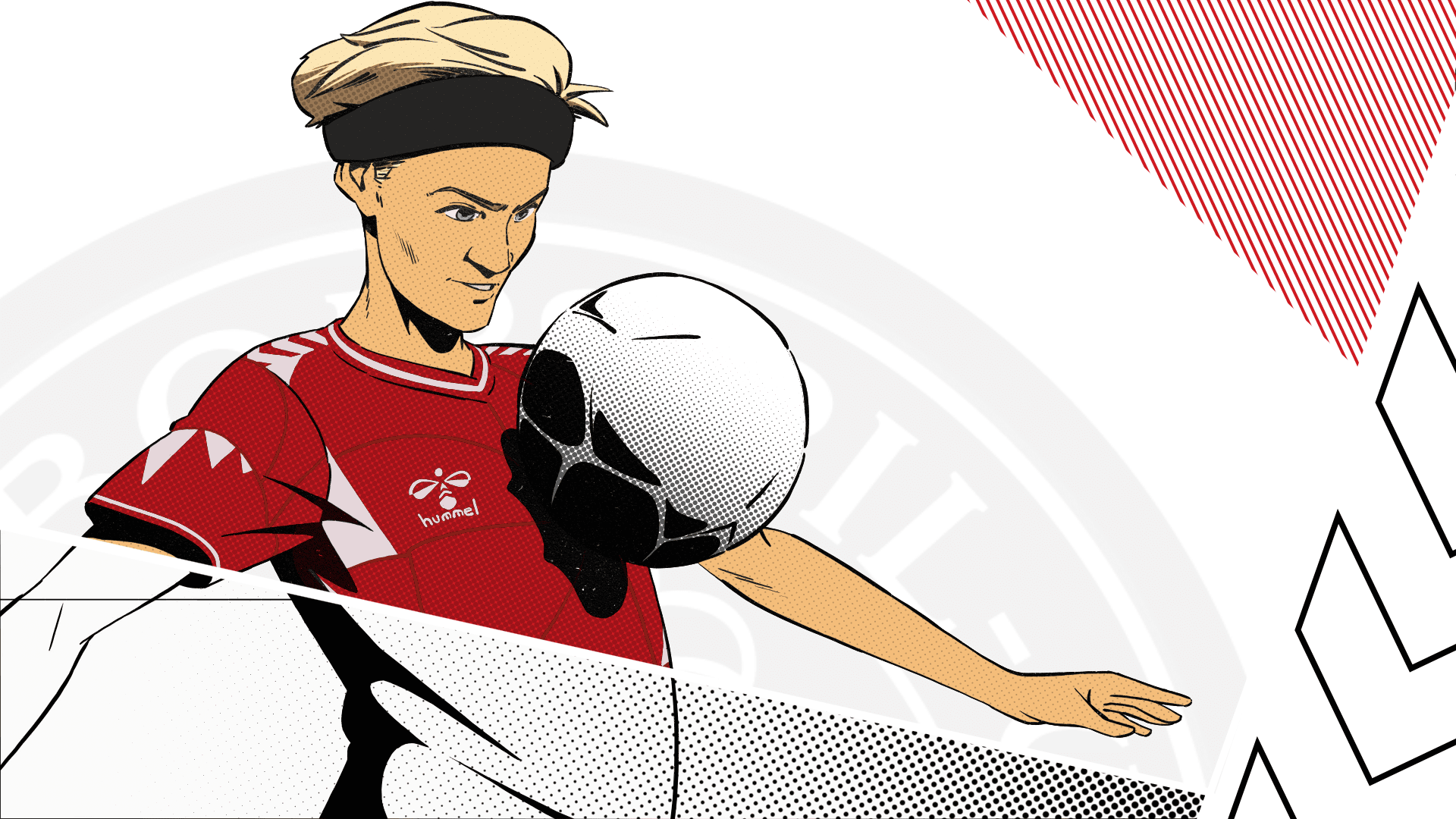
What was the original brief?
THOMAS:
Rasmus Pilgaard, the director, was approached by Hummel to help reveal the new kit for the Danish women’s national soccer team.
The basic idea was to portray the players as superheroes to inspire young girls to become fans of not only the team but also soccer itself.
Once we saw the new pop-art/old comics-inspired design for the kit, we immediately felt the need to take it beyond “just another 2D animation”.
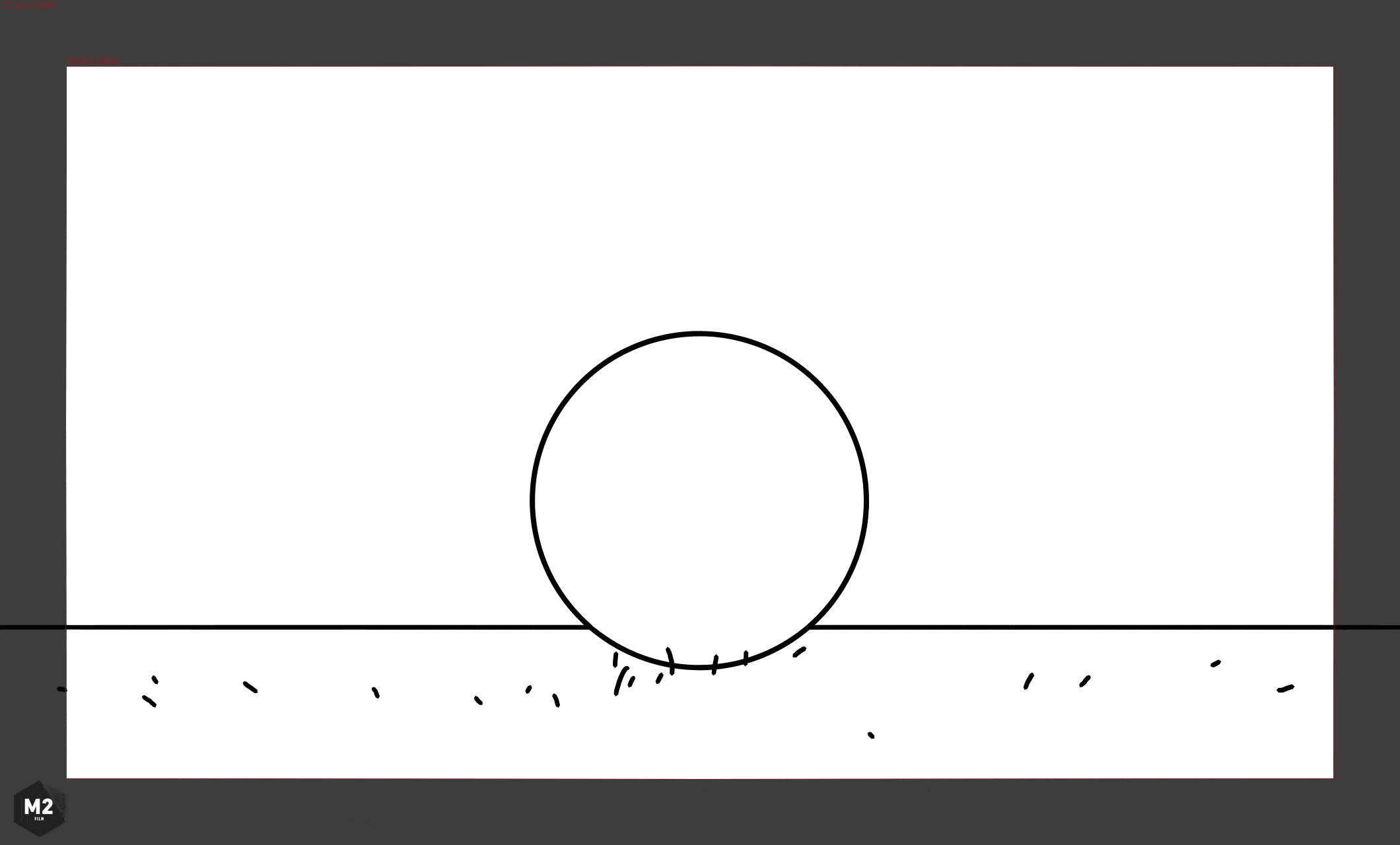
Take us through your process. How long did it take? What techniques did you use? What programs are you using?
KRAMME:
We started with some brainstorming and quickly decided on the simple idea of a football training session transitioning into an actual game.
Pilgaard and Fiil wrote down the action script, and I did a quick storyboard/animatic. Alongside developing the story, I dialed in the character design. We wanted to stay as true to how the girls looked in reality – both out of respect for them but also to make sure they were easily recognizable.
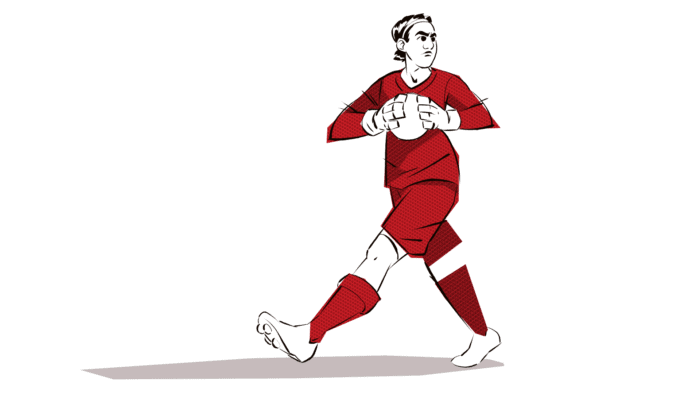
After making sure the client was happy with the direction, I started animation, and we brought on Anna Elisabeth Christensen to help with all the finer details of the kit. Animation took a couple of months, and as shots started to be completed, Thomas Fiil began working on bringing the pop art look and the icon split panels in the kit design.
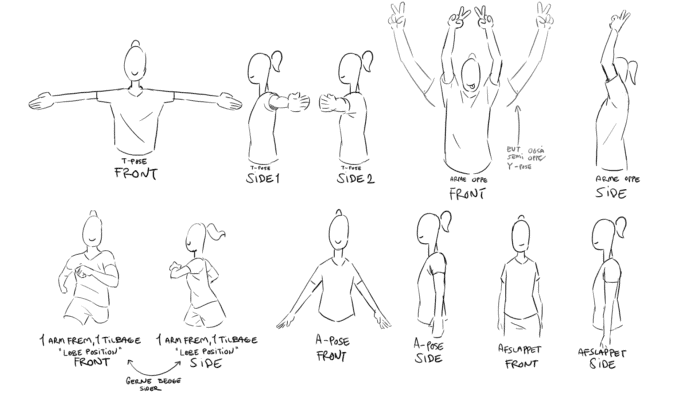
The animation was done very traditionally. We used TV Paint for all the character animation and took inspiration from Japanese animation to get some cool and extreme camera angles to emphasize the action.
The design treatment/motion was done in After Effects.
What was your favorite moment or most fun part of the project?
THOMAS:
What I am most proud of about this project is that it was inspired by the kit design and the players. It sort of just grew from that in a very organic and smooth process.
We never got to the point where we started doubting what we were doing and just loved working on every step–which is not always the case.
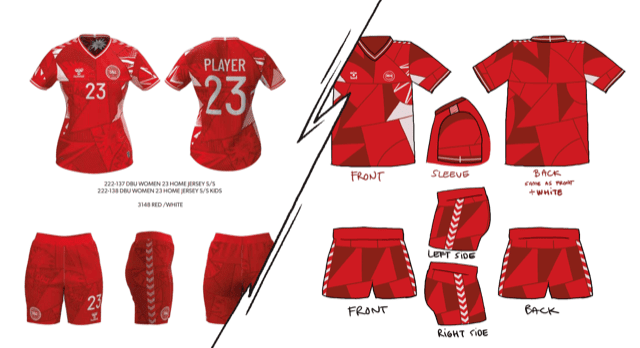
Did you have any other ideas you liked that you didn’t go with? What were they, and why did you turn away from them?
KRAMME:
We played around with the idea of using the different sections of the shirt more like windows/portals on the field. In the end, we couldn’t quite make it fit the storytelling, and the idea faded away.
We also explored more artistic proportions in the character design, but it quickly became unflattering and didn’t represent the respect we have for the players.
How did you find the pitch process?
THOMAS:
We did some early explorations in terms of character design, style of animation and treatment.
Together with a description of the overall idea of translating the kit design into a Motion Design film, we got the go-ahead right away.
Director Ramus Pilgaard has a long-standing solid relationship with Hummel and has previously done amazing work for them.

So, their trust in him as a director and soccer lover Emil’s producer experience rubbed off on the rest of us and allowed us to get up and running.
Did you face any difficulties along the way? If so, how did you overcome them?
KRAMME:
Alongside this project, we were doing another ad for the men’s team’s new kit as well.
The plan was to do a live-action film with footage from the European Championship in ’92, but UEFA ended up denying the use of the footage. So with only a few weeks left, we had to rethink that whole film and ended up doing another sort-of-animated/painted film which took away some resources and focus from the women’s film.
So besides doing this project, we also completed the other one.
Do you have anything to add on the importance of women’s national soccer?
For a long time, men and men’s football has been seen as the standard and women’s football as an alternative or lesser version. The women playing are just as much a national team as the men, and there is no reason to distinguish them by having a ‘national team’ and a ‘women’s national team’.
So, I think it’s great seeing the women’s teams and tournaments getting more attention – and not because they are women but because they are cool.
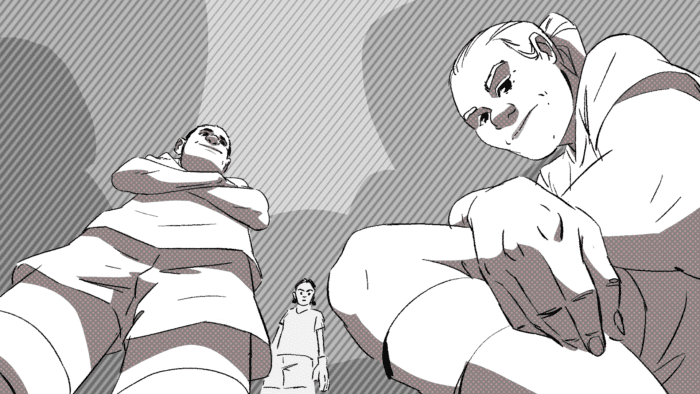
THOMAS:
In my spare time, I coach a girls’ soccer team, and working on a project with the women’s soccer team made me even more proud of the final result.
I’m not really interested in the discussion about differences between men’s and women’s soccer, but when you look at the commitment and effort of the players on either team – there is no difference.
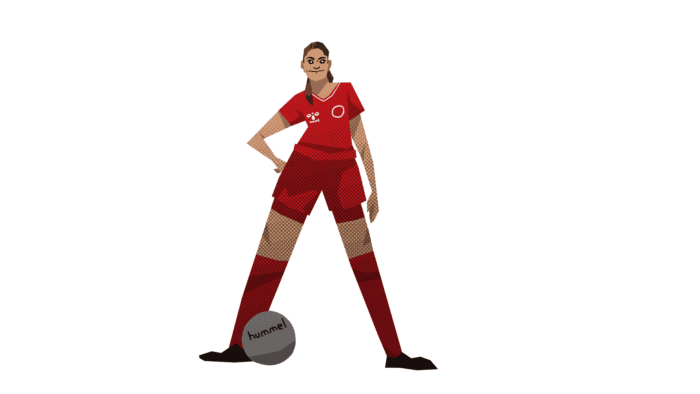
How do you deal with creative doubt on a project?
KRAMME:
It is almost inevitable and almost always uncomfortable, but knowing this helps me accept that it appears, and I try to use it to find ways of improving the project.
I find it helpful to turn to my colleagues, who can look at it with a set of fresh eyes or look for other projects that can inspire and help me power through the doubt.
It also helps to find one thing about a project that I think is exciting and that brings me joy. Then I can focus on that thing and use that as fuel for the rest of the project.
THOMAS:
I don’t. I blame all the talented motion designers out there who have annoying habits of sharing their work on places like Motionographer for my chronic imposter syndrome.
I’m just glad that I didn’t feel doubt sneak in while working on this project.
When you feel stuck or need inspiration, where do you find it?
KRAMME:
I use Instagram a lot for visual inspiration. I love Japanese and French animation, and Catsuka or Sakugabooru is always a great source of inspiration.
THOMAS:
Well, besides the obvious, like Behance, Motionographer, Art of the title and so on – I think it is super important to find inspiration in advance.
Like fueling up on creative energy at places like OFFF and F5, going to the movies and art exhibitions, reading comics and so on. It all germinates in the subconscious, so when you are approached with a potential job, you are ready to fire.
Do you have any advice for creatives on how to pursue their dream projects?
THOMAS:
This is going to sound tacky, but find a craft that comes naturally to you and that you find joy in.
Work with people you respect and connect your individual creative approach together with theirs.
If this is a shitty advice, then fuck it; we are all going to be wiped out by AI anyway.
Money no object, what would you love to work on most?
THOMAS:
Main titles for a feature film – hit me!
KRAMME:
Spider-verse 3.
What were some ground-breaking moments in Motion Design that have shaped the way you think?
KRAMME:
Into the Spiderverse definitely broke down a lot of walls and opened up for combining all sorts of animation- and graphical mediums.
THOMAS:
For me, my encounter with Danny Yount’s main titles to the first Iron-man got me truly turned on to Motion Design.
After that, I think a lot of the work from Patrick Clair also played a huge part in my growing fascination of the craft. And, of course, encountering the extraterrestrial superhuman Gmunk at various design events also impacts me – but I’m still not quite sure how.
What’s next for you and your team?
Beers and animation.








